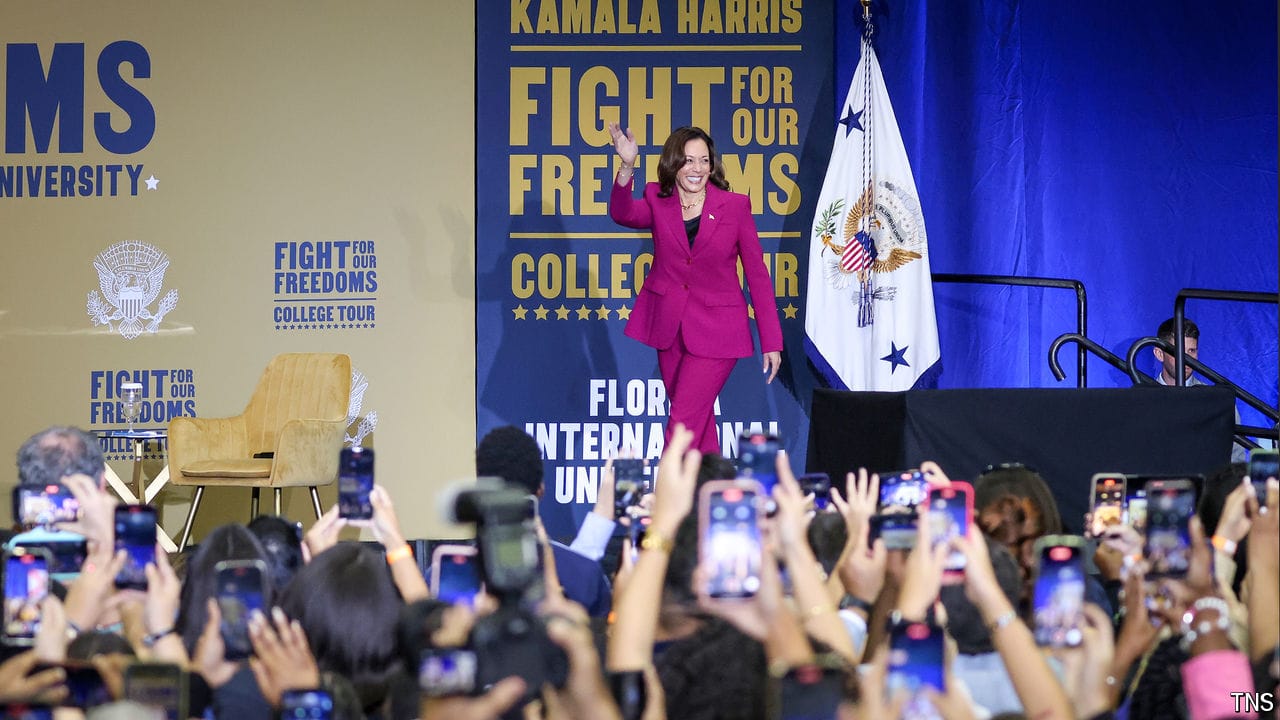Many of the Supreme Court’s decisions are reached with no hearings or explanation
The nine justices are making more and more use of the “shadow docket”

IN FIVE WEEKS the Supreme Court will return from its summer break to hear a batch of new disputes, including clashes over abortion and guns. After scrutinising briefs from litigants and amici curiae (friends of the court), the justices will hear oral argument in these cases and—weeks or months later—release opinions explaining why one party won and the other lost. But this methodically adjudicated “merits docket” represents a shrinking proportion of the Supreme Court’s notable business. Although the justices handle about five dozen cases this way each year (down from more than 150 in the 1980s), they dispatch thousands of other legal tangles without fanfare—and often with scant explanation.
This article appeared in the United States section of the print edition under the headline “In the shadows”
More from United States

The demise of an iconic American highway
California’s Highway 1 is showing the limits of man’s ingenuity

How the election will shape the Supreme Court
A second Trump administration could lock in a conservative supermajority for decades

Could the Kamala Harris boost put Florida in play for Democrats?
Some party enthusiasts think so, but realists see re-energised campaigning there as a savvy Florida feint
America is not ready for a major war, says a bipartisan commission
The country is unaware of the dangers ahead, and of the costs to prepare for them
The southern border is Kamala Harris’s biggest political liability
What does her record reveal about her immigration policy?
